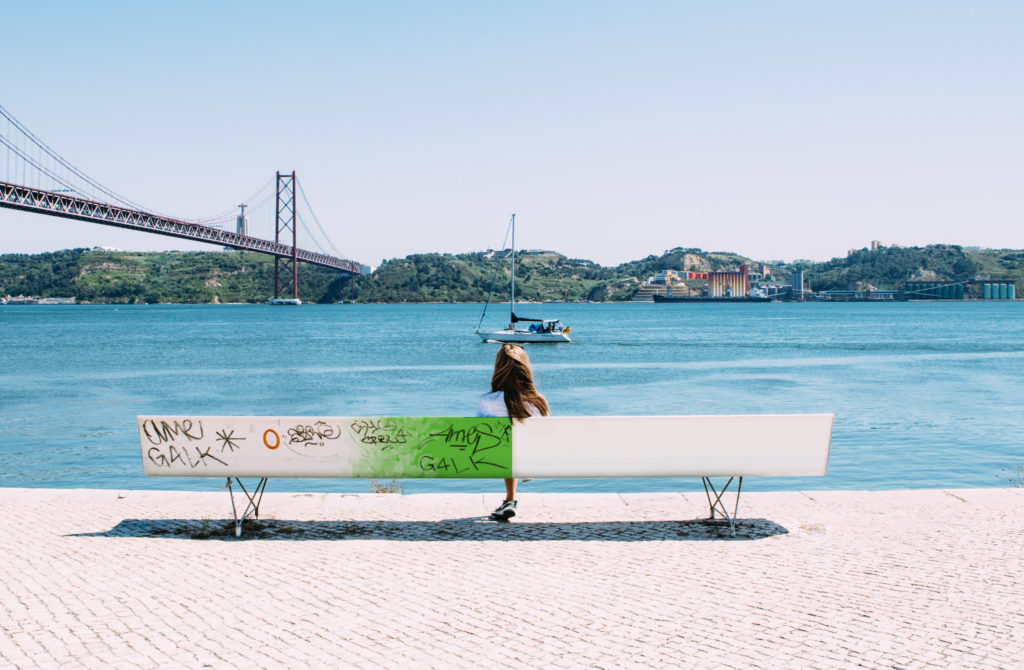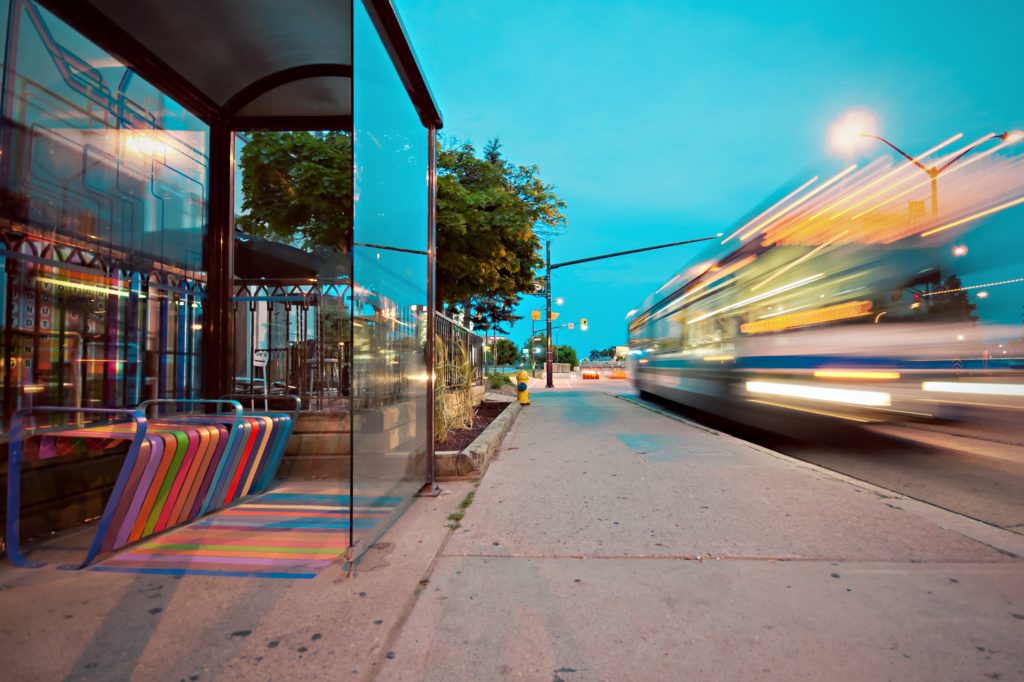
Graffiti in the street scene can be beautiful and artistic, but not always, especially if its creator did not intend to create art, but simply to smirch the objects in public space maliciously. Graffiti on public structures and urban furniture is a big problem that can be quite time-consuming and expensive to remove. Street art, including graffiti, has always been self-generating, but not every author of a graffiti piece is an artist. The scribbled glass walls of a bus pavilion or a park bench next to a playground, bearing the vulgar messages of vandals, do not comply with property maintenance rules and have to be cleaned at the owner’s expense. Unfortunately, graffitists often do not realise how much taxpayer money they are spending with their reckless act. Luckily, special finishing materials are available these days, which enable protecting urban furniture in advance against vandalism and the simpler removal of the inappropriate drawings and writings scribbled on it.
Hot-dip galvanisation, powder coating and anti-graffiti lacquer
The requirements for public space furniture are significantly higher than those for indoor furniture. The lifespan of the furniture is largely determined by the source material it is made of, as well as how the material has been processed. For example, urban furniture made from steel with no extra treatment probably needs to be replaced more often, because wind, rain, sunlight, and possible vandalism will have its´ impact and thus the material degrades more quickly. In contrast, hot-dip galvanised bicycle racks or benches remain aesthetically pleasing over a considerably longer time, as the hot-dip galvanising adds protection for corrosion, while increasing significantly the lifespan of urban furniture in public spaces.
In addition to hot-dip galvanisation, outdoor furniture can be further protected with powder coating and lacquers. With powder coating, outdoor furniture can be painted in any desired RAL colour tone. The paint also acts as an additional layer of corrosion protection.
If furniture needs to be protected against vandalism and graffiti, the best option is to use anti-graffiti treatment with anti-graffiti lacquer. Anti-graffiti lacquer makes public space furniture repellent to graffiti paint, making it easier to remove traces of unskilled or malicious street artists. In essence, anti-graffiti treatment means mixing a specific substance into the paint during powder coating, which, upon drying, will form a transparent anti-graffiti coating on the external surface of the furniture, preventing graffiti paint from penetrating to the deeper surfaces of the furniture.
Graffiti removal
Spray-painted surface is usually cleaned of graffiti by either abrasion or repainting. However, repainting means that the graffiti is still there and as the paint wears away, the graffiti may reappear. Abrasive cleaning (soda- or sandblasting), by contrast, damages the surface of the outdoor furniture, often meaning that the surface must be repainted and weatherproofed after cleaning, which in turn requires additional expenses.
If urban furniture has been treated with graffiti lacquer, repainting is not always necessary. In easier cases, the unwanted graffiti can be simply wiped away with a clean cloth. Spray-painted graffiti can be removed from furniture coated with anti-graffiti finishing by using technical ethanol, acetone, or a cleaning agent containing trichloroethylene.
For public space furniture to last long, purchasing of urban furniture must be done with awareness and anti-graffiti solutions should be included in the furniture procurement already from the beginning. Anti-graffiti lacquer is generally not a standard solution, but it can be ordered for all public space furniture pieces and it is much easier to add the lacquer right away during the furniture manufacturing process than to treat furniture, which is already installed into the public space.
Graffiti lacquer is widely used on buses, trams, trains and in places where there are higher demands for public property maintenance. For example, graffiti lacquer is often used on park benches, litter bins, bicycle racks, or bus pavilions, where the risk of vandalism is higher than average and where property maintenance is permanently required.

Based on clients of Dambis, awareness of anti-graffiti finishing solutions has risen over the years, so is the additional anti-graffiti finishing ordering. The clients have said that this really makes maintaining outdoor furniture easier and helps to save time and money previously spent on cleaning graffiti from furniture and repainting.
Anti-graffiti finishing solutions in the Dambis product range
The outdoor furniture offered by Dambis is made of high-quality materials only and is designed to last as long as possible. Anti-graffiti treatment is not a standard solution for our outdoor furniture, but it can be additionally ordered for all of our products.
If you would like to hear more about anti-graffiti lacquer we use or add anti-graffiti coating to your order, please email us at info@dambis.ee.
Read more about which materials Dambis uses to produce urban furniture and how to maintain different materials: https://dambis.ee/kvaliteetsed-materjalid-tagavad-toote-pikaajalise-vastupidavuse/